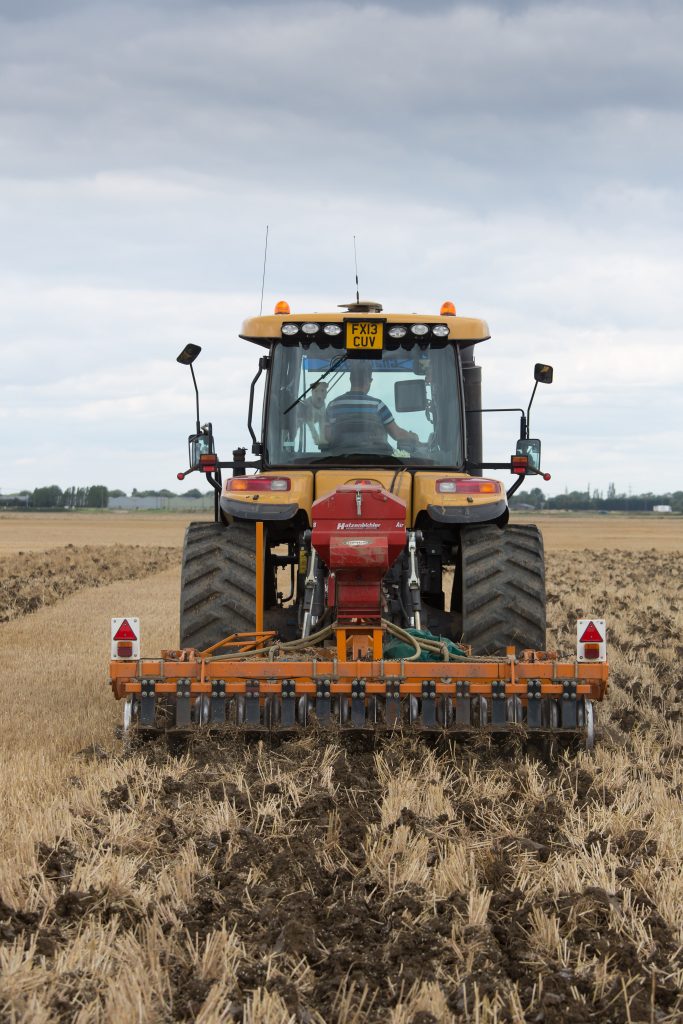Seedbed moisture the first step to success with oilseed rape
21st August 2017
Timing of oilseed rape drilling should be determined by seedbed moisture ahead of any other factor.

Ensuring good seed-to-soil contact and sufficient moisture at drilling is the first step to success with oilseed rape, says ProCam agronomist Neil Woolliscroft.
Timing of oilseed rape drilling should be determined by seedbed moisture ahead of any other factor to ensure the greatest resilience to pest attack and the best prospects for the crop, according to ProCam agronomist Neil Woolliscroft.
Speaking at the company’s eastern region conference in July, Mr Woolliscroft said growers should aim to be flexible about oilseed rape drilling date and avoid sowing into dry seedbeds wherever possible.
“To give oilseed rape the best establishment conditions this year, think first about the ground conditions, take the weather forecast into account, and avoid a prescriptive approach to drilling date,” he said. “Establishing the crop effectively should outweigh all other considerations, and moisture in the seedbed is the key.”
To make the most of the moisture that’s there, Neil pointed to the importance of seedbed quality and nutrient supply.
“Whether cultivating or direct drilling, the aim is to place seed into soil that is ideally trash-free and sufficiently fine to allow good soil-to-seed contact, as this will mean better uptake of moisture. It’s also important to roll effectively after drilling, as good consolidation helps to retain moisture in the seedbed and will promote even seedling emergence across the field.
“Providing the correct balance of seedbed fertiliser is essential too, to ensure the crop has the necessary resources for the critical early stages. Work by ProCam has also demonstrated some value in applying nutrition-based treatments at the two-to-four leaf stage.
“Achieving a strong and even establishment with oilseed rape in the coming weeks is the first step towards success with this crop. Thereafter it’s important to work with your agronomist to stay on top of weeds, and monitor the potential threat of slugs and cabbage stem flea beetle (CSFB). With CSFB, judicious use of insecticides will be more important in the absence of neonicotinoid control options, to preserve beneficial insects that may prey on this pest.”
